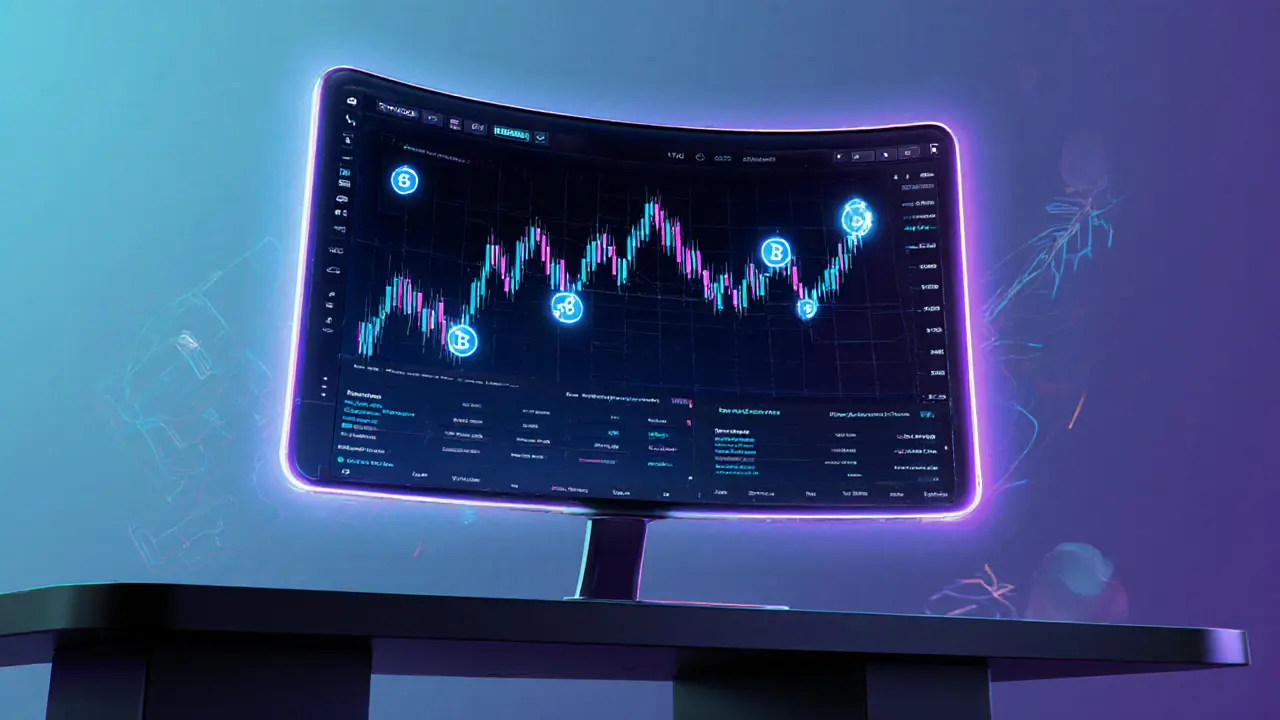Negative Maker Fee: What It Means for Your Trades
When talking about negative maker fee, a pricing model where traders actually earn a small amount for adding liquidity instead of paying a fee. Also known as a maker rebate, it flips the usual fee structure on its head. In this setup, the maker fee, the charge applied when you place a resting order that later matches with another order becomes negative, meaning the exchange credits your account for each order that improves market depth. This model requires you to use limit orders, orders that sit on the book until a matching taker hits them, because only those orders add liquidity. The liquidity provider, any trader who consistently posts limit orders and keeps the order book healthy benefits directly from the rebate, while the taker fee, the cost paid by traders who instantly remove liquidity by matching existing orders usually stays positive to balance the book. In short, a negative maker fee encourages deeper order books, tighter spreads, and more stable pricing across markets.
How Different Exchanges Use Negative Maker Fees
Most centralized exchanges (CEXs) and a growing number of decentralized exchanges (DEXs) adopt the negative maker fee to attract active market makers. On a CEX like Binance, the rebate can be as high as 0.02% of the trade volume, meaning a trader who places a limit order and gets filled earns that amount back. On a DEX such as Uniswap V3, the concept translates into fee tiers where liquidity providers receive a share of transaction fees, effectively creating a negative fee for those who set the price range correctly. The relationship is simple: negative maker fee encompasses maker rebate programs, incentive schemes that pay users for contributing order book depth. It requires traders to understand order‑book dynamics, because an aggressive limit order that never matches will still cost opportunity – the rebate only triggers on execution. Moreover, the presence of a rebate influences the overall market spread: the more generous the rebate, the tighter the spread tends to be, as makers compete for the best price to capture the rebate. This dynamic creates a virtuous cycle where tighter spreads attract more takers, generating more volume for which the exchange can afford to pay rebates.
Below you’ll find a curated set of articles that break down the mechanics, show real‑world examples, and guide you through setting up your own limit‑order strategy to profit from negative maker fees. Whether you’re a beginner curious about why some platforms list a “‑0.01% maker fee” or an experienced trader looking to fine‑tune your liquidity‑provision game, the posts in this collection give you the tools, calculations, and platform comparisons you need to turn a fee into a profit center.
C-Trade Crypto Exchange Review - Fees, Features & Who Should Use It
A detailed review of C-Trade crypto exchange covering fees, withdrawal policy, pros, cons, and who should consider using it.
VIEW MORE
